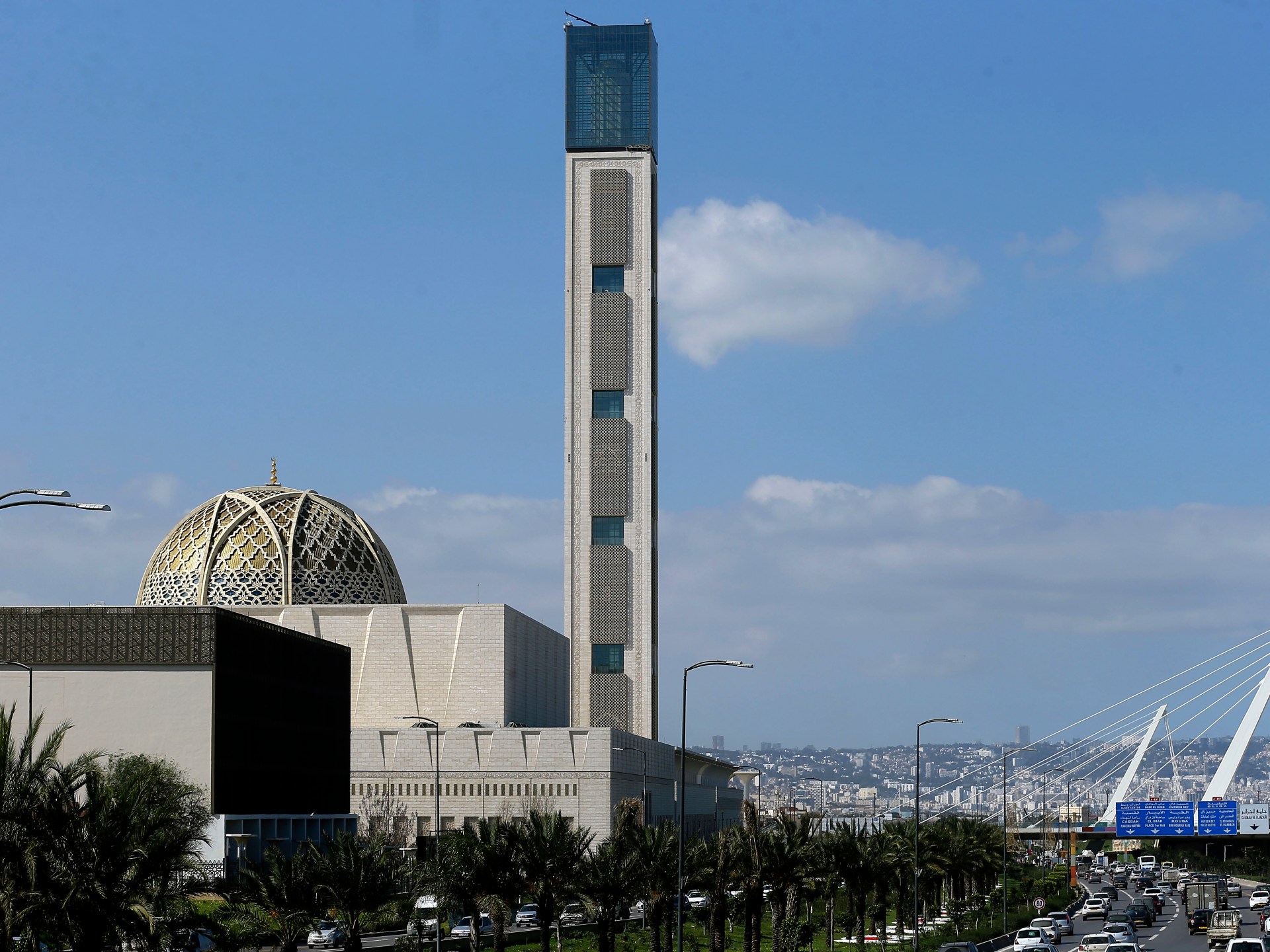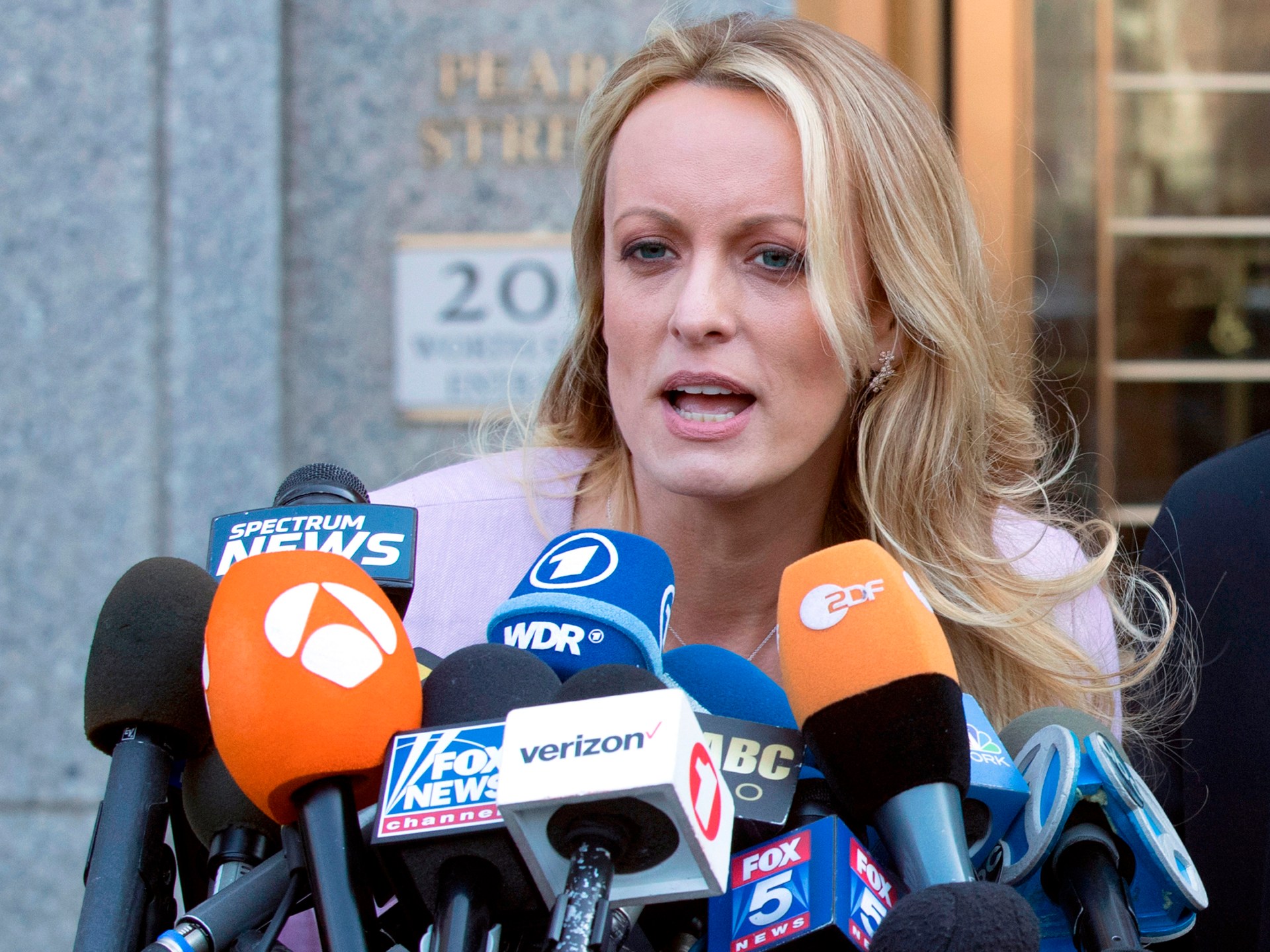Sonya Massey shooting: What we know about the killing, the victim, officer | Explainer News
The Illinois State Police on Monday released bodycam video of a police officer shooting a Black woman inside her home, sparking nationwide outrage in the United States.
Sonya Massey called the police to report a suspected prowler outside her home. The footage shows two officers entering Massey’s home to inform her they found nothing suspicious. However, the situation quickly escalated when Massey approached her stove to tend to a pot of boiling water.
Here is what to know about the case and the events surrounding Massey’s death.
What happened on July 6?
At about 00:50am (05:50 GMT), two Sangamon County sheriff’s deputies responded to a call to investigate an incident at Massey’s home.
In the footage, the deputies are seen searching around the area before knocking on Massey’s door to speak with her.
After knocking on her door, the video reveals her difficulty in responding to some of the questions. When asked “Are you doing alright, mentally”, she replies, “Yes, I took my medicine.”
According to reports, Massey’s family confirmed that she had been diagnosed with paranoid schizophrenia. Court documents filed by prosecutors said Massey appeared to be “calm, possibly unwell, and non-aggressive”.
While one deputy continued searching outside her home, Deputy Sean P Grayson entered her house, followed shortly by the other officer. In the footage, both officers can be observed talking with Massey inside her home.
For a while, the officers interrogate Massey and ask for her ID. They notice a pot of boiling water on the stove, prompting Massey to stand and move to the kitchen to turn off the heat.
- “We don’t need a fire while we’re here,” one deputy says.
- None of them seems to have any problem with her going over to get the pot.
- When she grabs the pot of boiling water, they start moving away from her. She asks them where they were going.
- “Away from your hot steaming water,” one officer says.
- “I rebuke you in the name of Jesus,” she answers.
- “Huh?” the deputy says.
- “I rebuke you in the name of Jesus,” she repeats.
- “You better f** not or I swear to God I’ll f****** shoot you in the f****** face,” Grayson tells her.
He then pulls out his 9mm pistol and aims it at her. She ducks behind the kitchen counter and says, “I’m sorry.”
Both officers are seen yelling at her: “Drop the f****** pot”, and Grayson takes at least two steps towards her as she tries to move.
According to a Sangamon County news release, at about 1:21am (06:21 GMT), Grayson fired his weapon, hitting Massey three times, with a fatal shot to her head. He is then heard reporting the shooting over the radio.
His partner then says they should get the medical kit and try to help her. “She’s done. You can go get it, but that’s a headshot,” Grayson responds.
Explaining himself to the responding police, Grayson says, “She had boiling water and came at me, with boiling water.”
His partner grabs a towel and leans down towards Massey. “She’s still gasping a little bit,” he notes.
At 1:47am (06:47 GMT), 26 minutes after the shooting took place, Massey is taken to HSHS St John’s Hospital emergency room, where she is pronounced dead.

Where did this shooting take place?
The shooting took place in Springfield, about 200 miles (322km) outside of Chicago.
Springfield also has a troubling legacy of racial violence. According to a Guardian report, she passed away at the same hospital where her ancestor William Donnegan died.
Donnegan was lynched during the 1908 Springfield Race Riot, an event that spurred the formation of the National Association for the Advancement of Colored People (NAACP).

Who was the police officer who shot Sonya Massey?
According to a report by The Associated Press news agency, Grayson is a 30-year-old white officer whose career included brief roles as a part-time officer in three small police departments and a full-time position in a fourth department, alongside full-time roles at two sheriffs’ offices, all in central Illinois.
Grayson changed jobs six times since 2020, according to a report by CNN. It is not clear why he changed jobs so frequently.
After the shooting, he pleaded not guilty to first-degree murder but was fired by the Sangamon County Sheriff’s Office.
“It is clear that the deputy did not act as trained or in accordance with our standards,” the sheriff’s office said.
He was also charged with three counts of first-degree murder last week and faces a charge of aggravated battery with a firearm and one of official misconduct. If convicted, he faces a prison sentence of 45 years for the murder charges.
However, it is rare for officers to be prosecuted and convicted.
“All it takes is one person on a jury to believe an officer who says, ‘Look you weren’t there; you don’t know how much danger I felt while I was there, and, therefore, I feared for my life and that’s why I shot.’ So that’s why many do get off even if they are prosecuted in the first place,” Al Jazeera’s Shiba Rattansi said reporting from Washington, DC.

Has anything improved since the killing of George Floyd in 2020?
Four years have passed since Minneapolis police handcuffed George Floyd’s hands behind his back, pinned him face down on the street and choked the life out of him.
Floyd, 46, was being arrested on suspicion of attempting to pass a counterfeit bill at a neighbourhood convenience store. On May 25, 2020, a white police officer knelt on his neck for nine and half minutes, cutting off oxygen to his brain as he cried out: “I can’t breathe.”
Caught on video by a bystander, the incident sparked worldwide protests by hundreds of thousands of people that rocked US politics and helped lift Joe Biden to the presidency.

As of July 23, a total of 722 civilians have been killed by the police this year, with Black Americans thrice as likely to have been victims as compared with white people, according to the Mapping Police Violence database.
According to experts, deeper reform is needed.
“Prosecuting police officers sometimes can be very dangerous for the prosecutor politically,” J Wydnal Gordon, a civil rights lawyer from Baltimore, told Al Jazeera.
“The law really coddles police officers in the performance of their duties. It’s a dangerous job, no doubt … but our law should [not] protect officers like Mr Grayson,” Gordon said.
He added that new reforms are required as the population needs “protections that allow police officers to be held accountable for the wrong that they do”.
“So they’ll have skin in the game and think twice before they decide whether or not it’s necessary to pull the trigger on a woman who’s begging for her life and you have plenty of cover and your life is not being endangered in any shape, form or fashion,” he added.
What have been the reactions?
President Joe Biden issued a statement, calling Massey “a beloved mother, friend, daughter, and young Black woman” who “should be alive today”.
“Sonya called the police because she was concerned about a potential intruder. When we call for help, all of us as Americans – regardless of who we are or where we live – should be able to do so without fearing for our lives. Sonya’s death at the hands of a responding officer reminds us that all too often Black Americans face fears for their safety in ways many of the rest of us do not,” the US president said.
Sonya’s family deserves justice. I am heartbroken for her children and family as they face this unthinkable and senseless loss.
Jill and I mourn with the rest of the country and our prayers are with Sonya’s family, loved ones, and community during this devastating time.
— President Biden (@POTUS) July 22, 2024
“Sonya Massey deserved to be safe,” Vice President Kamala Harris said. “After she called the police for help, she was tragically killed in her own home at the hands of a responding officer sworn to protect and serve.”
Sonya Massey deserved to be safe.
The disturbing footage released yesterday confirms what we know from the lived experiences of so many — we have much work to do to ensure that our justice system fully lives up to its name.
President Biden and I call on Congress to pass the…
— Vice President Kamala Harris (@VP) July 23, 2024
Illinois Attorney General Kwame Raoul said in a statement on Monday that the footage was “horrific” and offered his sympathy to Massey’s family.
“As the community reacts to the release of the footage, I urge calm as this matter works its way through the criminal justice system,” he added.
“The Body Worn Camera footage has now been released, and the public can see what we saw: Sonya Massey lost her life due to an unjustifiable and reckless decision by former Deputy Sean Grayson,” Sangamon County Sheriff Jack Campbell said on Monday.
“Grayson had other options available that he should have used. His actions were inexcusable and do not reflect the values or training of our office.”
Check out our Latest News and Follow us at Facebook
Original Source







